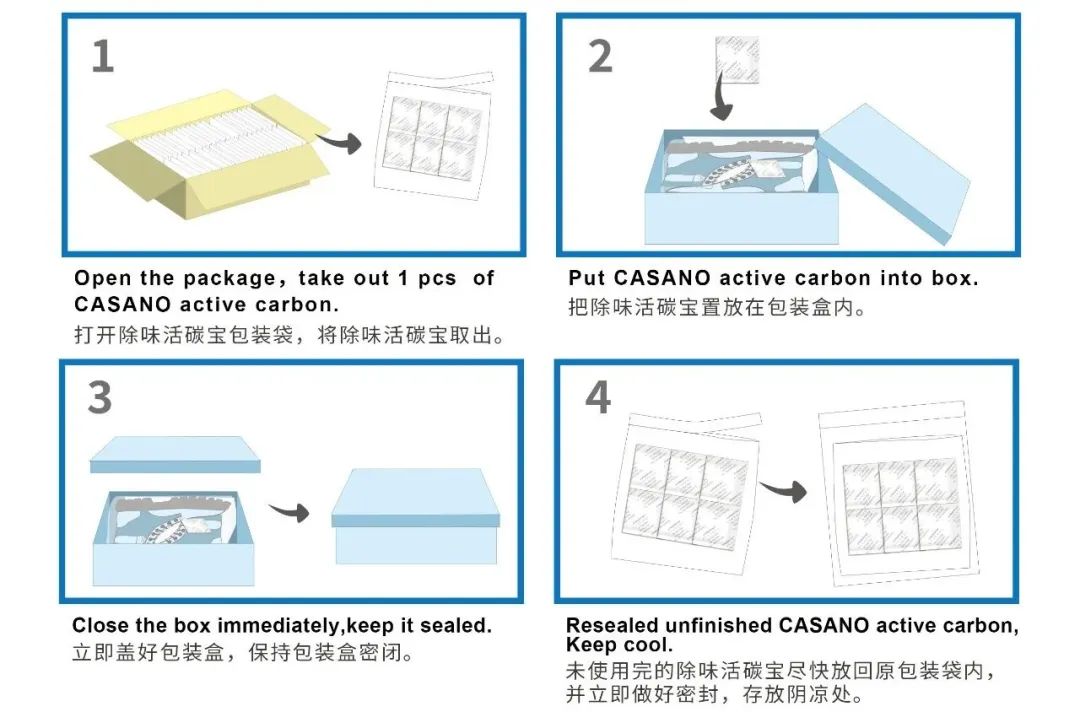When it comes to deodorant desiccant, many people think of activated carbon desiccant first, so do you understand activated carbon desiccant? What is activated carbon?
Activated Carbon and Adsorption Principle
What is activated Carbon?
Activated carbon is mainly divided into: coal based activated carbon, wood activated carbon, synthetic materials activated carbon. coal based activated carbon is a porous adsorbent made of coal as the main raw material, after carbonisation and activation. Wood activated carbon is a porous adsorbent made from wood, wood chips and fruit shells, etc. Synthetic materials activated carbon is a porous adsorbent made from synthetic resins and copolymers, etc., which are synthesized by pyrolysis and activation.
The surface of activated carbon is rich in large pore structures, which are surface chemical groups and have a strong adsorption capacity, which is why activated carbon can deodorise.
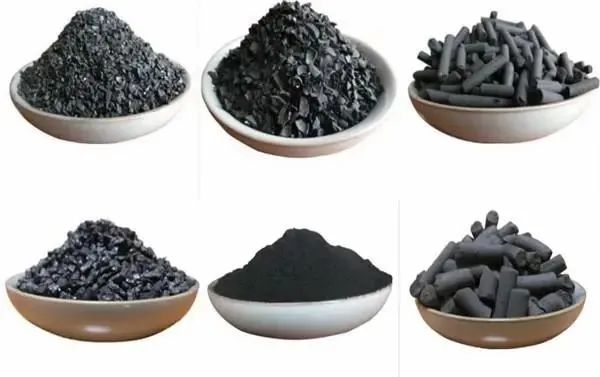
Images are from the internet, if invaded must be deleted
What is CASANO activated Carbon?
CASANO Activated Carbon is made from coconut shell charcoal, which has been crushed and screened to give it a bright appearance, good toughness, abrasion resistance, pressure resistance and superb adsorption power. It is also oil resistant, non-caking and not easily decayed.
Coconut shell carbon is a type of activated carbon, named after the coconut shell from which it is made, and belongs to the category of wood activated carbon. The shell of coconut shell activated carbon is black granules with a developed pore structure, a large specific surface area and a superb adsorption capacity. It is chemically stable and easy to regenerate. Its main characteristic is its low density and light feel, which is significantly lighter than coal based activated carbon. For the same weight of activated carbon, the volume of coconut shell activated carbon is generally larger than that of coal based activated carbon.
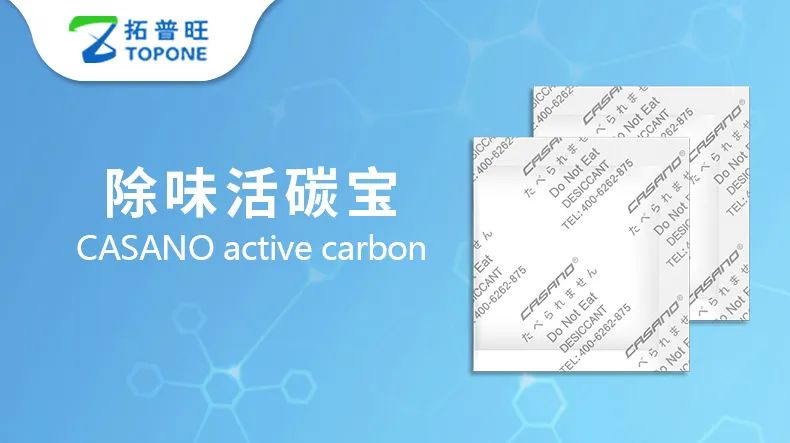
Coconut shell activated carbon is generally in the form of crushed granules and flakes, while formed activated carbon, such as columnar and spherical activated carbon, is mostly coal based. Coconut shell activated carbon has a small molecular pore structure. When activated carbon is placed in water, the air expelled when it adsorbs water molecules produces many very small blisters (visible to the naked eye) which float in dense densities on the water surface. Coal-based activated carbon, on the other hand, generally has a macromolecular pore structure and produces a relatively large phase of bubbles.
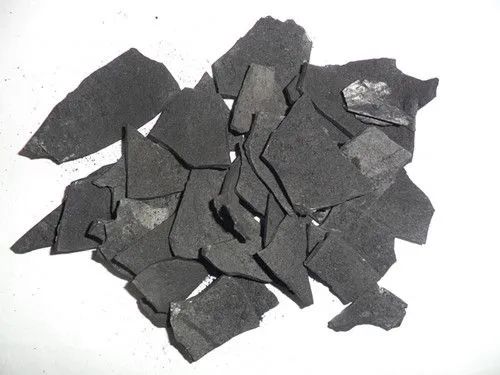
Image from the internet, if invaded must be deleted
Product Advantages
- DMF-free, naturally degradable.
- High strength, multiple regeneration after saturation, high adsorption capacity, low resistance.
- Purifies the air and effectively removes odours.
- Adsorption of water vapour in the air, which can achieve the effect of moisture control and dehumidification within a certain range.
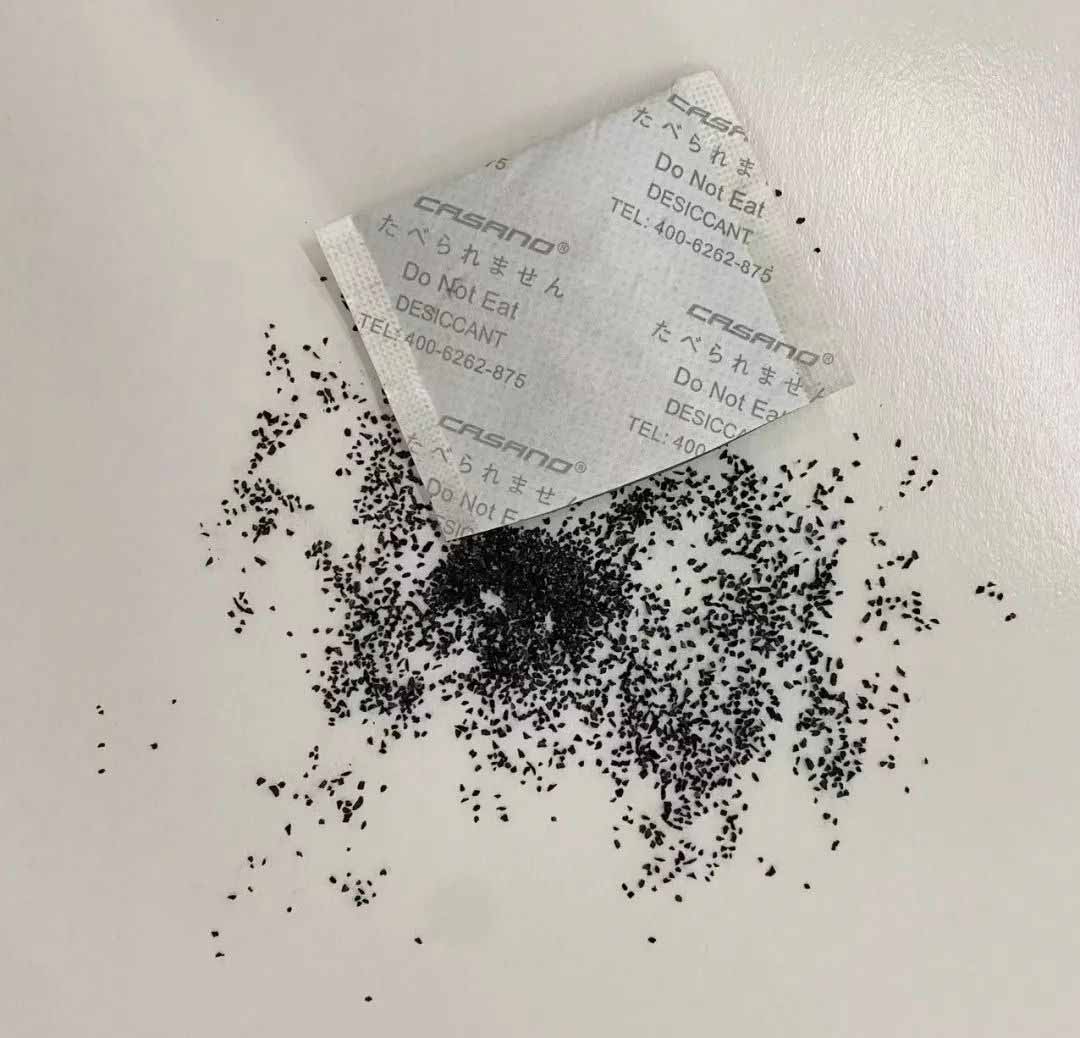
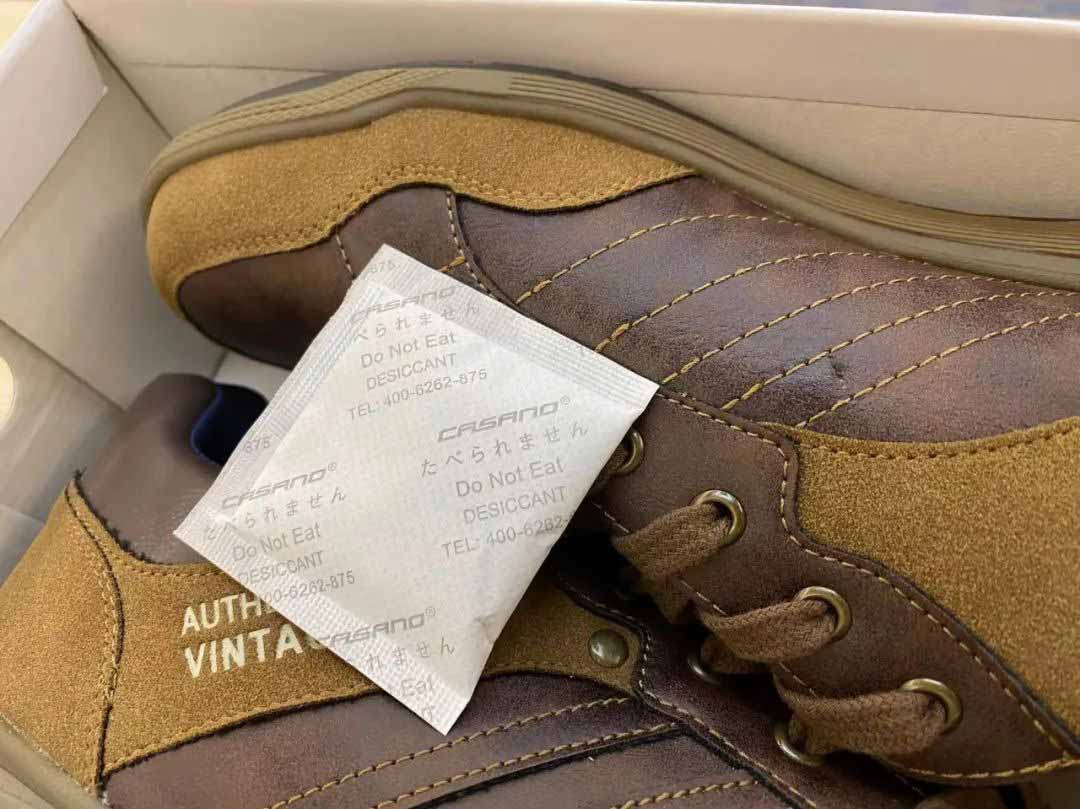
How to distinguish the quality of activated carbon
In the absence of testing equipment, the quality of activated carbon can be determined by looking at its appearance and conducting simple experiments.
The darker the activated carbon is, the better its adsorption capacity is in theory.
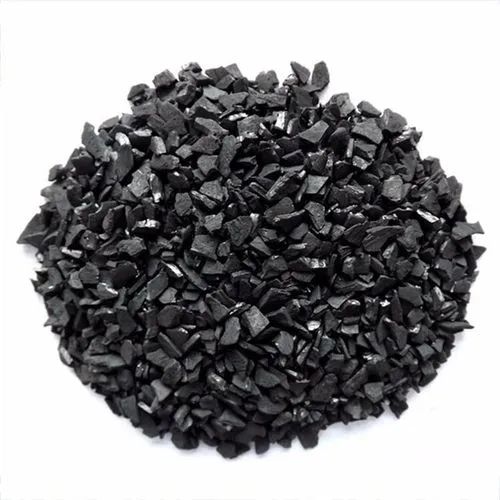
The more dense the bubbles are, the more bubbles there are and the longer the tumbling time, the better the adsorption capacity of the activated carbon in theory.
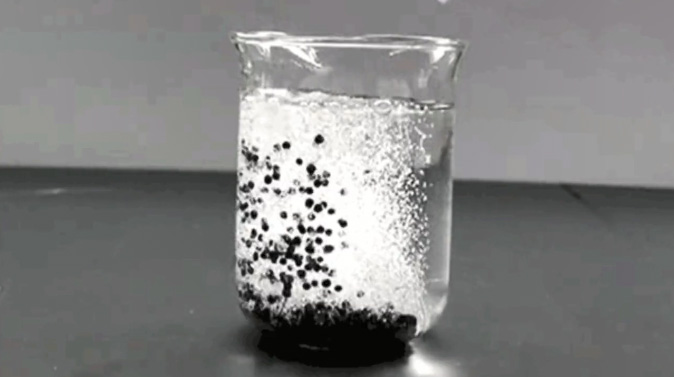
Picture from the internet, must be deleted if infringed
Of course, visual inspection and simple experiments can only be used to determine the quality of activated carbon from experience, but in practice it is more reliable to use professional testing equipment.
How to use Activated Carbon
①Cut open the bag and take out the Carbon Deodoriser.
②Put the Carbon Deodoriser into the box.
③Immediately change the box and keep it closed.
④Unfinished Deodorising Carbon should be sealed as soon as possible.